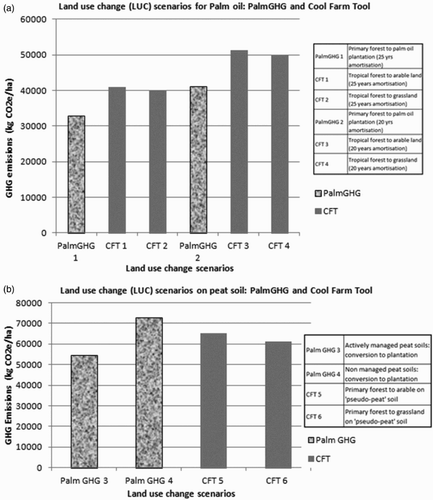Figures & data
Table 1. Overview of the three GHG calculator tools for comparison.
Figure 1. Schematics of the GHG emission sources included and excluded from this study assessment for (a) sugarcane, and for (b) palm oil systems.
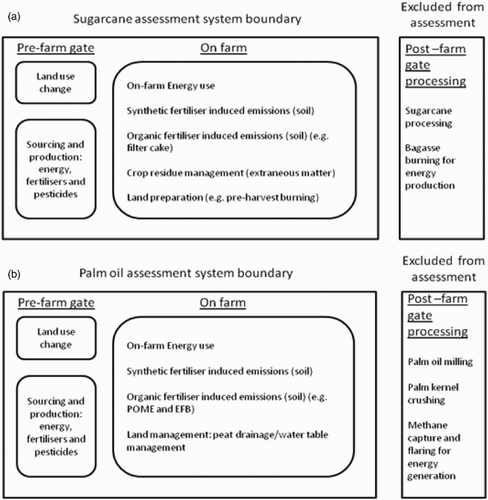
Table 2. Emission sources considered by the three GHG calculators within the agricultural boundary.a
Table 3. GHG driver 1: agricultural inputs.
Table 4. GHG driver 2: Energy.
Table 5. GHG driver 3: LU and LUC.
Table 6. Input data for sugarcane assessment (base case).
Table 7. Input data for palm oil assessment (base case).
Table 8. Issues faced and assumptions made during the GHG assessments with the calculators.
Figure 2. GHG emission hotspot results for sugarcane production generated by Bonsucro and the CFT (kg CO2e/ha).

Figure 3. (a) GHG emissions from urea (N) fertilizer application in Bonsucro and various soil property scenarios in the CFT (S1–S4) and (b) fertilizer-induced GHG emissions for Bonsucro when using different fertilizer application methods in the CFT.
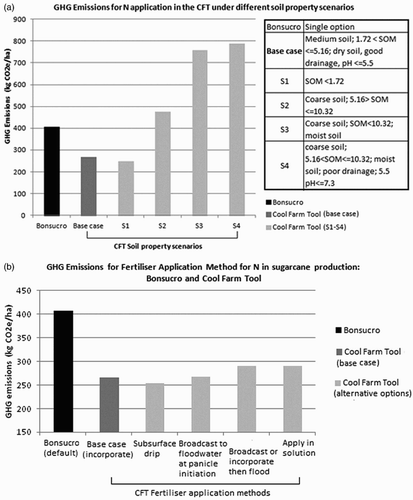
Table 9. GHG emission outputs and EFs for various fuel types included in Bonsucro and the cool farm tool.
Figure 4. GHG emissions from various land use change (LUC) scenarios for sugarcane modelled in Bonsucro and the cool farm tool.
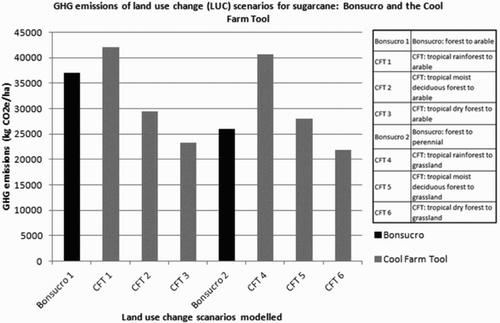
Table 10. GHG emissions for LUC from forest to arable given different soil properties in the cool farm tool.
Figure 5. GHG emission outputs for palm oil generated by PalmGHG and the CFT across different GHG hotspots (kg CO2e/ha).
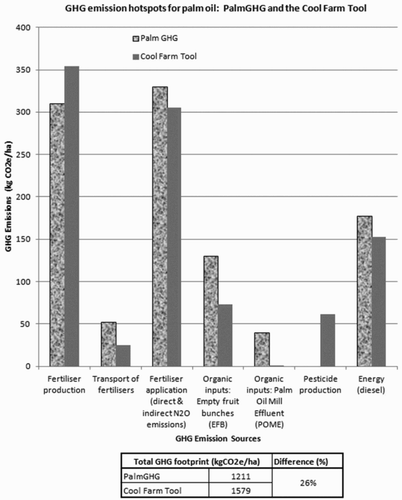
Figure 6. GHG emission outputs for fertilizer production for a palm oil production system generated by PalmGHG and the CFT based on different data sets within the tools.
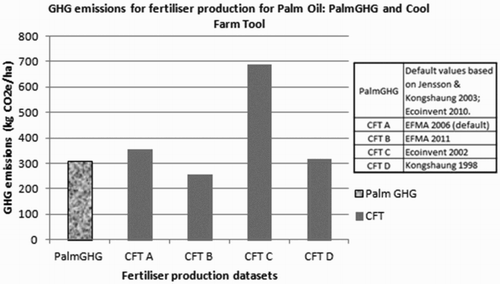
Figure 7. (a) GHG outputs for LUC scenarios for palm oil as modelled in PalmGHG and the CFT (kg CO2e/ha) and (b) GHG outputs for LUC scenarios for palm oil on peat soils as modelled in PalmGHG and the CFT (kg CO2e/ha).
